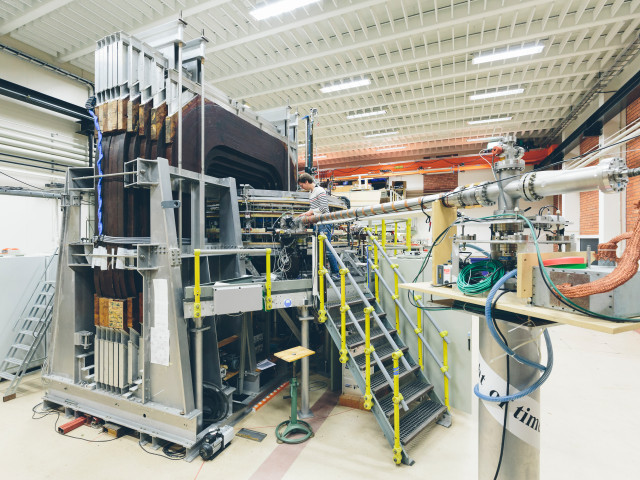Lectures
Physical principles of acoustic wave propagation: Wave equation. Acoustic quantities: displacement, velocity, pressure, phase velocity, acoustic impedance, energy and intensity. Acoustic wave modes: compressional waves and shear waves. Reflection, refraction and transmission. Absorption and attenuation. Diffraction, near field and far field. Non-linear effects. Acoustic streaming. Cavitation. Piezoelectricity and piezoelectric materials. Biological effects of ultrasound.
Instrumentation: Transducer design. Electronic beam steering and focusing. Acoustic properties of materials. Resonators. Acoustic lenses. Gain and filtering in medical imaging.
Biomedical applications of ultrasound: Diagnostics/imaging. Doppler. High power applications/therapy. Basic anatomical and functional findings with ultrasound, including the use of ultrasound in radiological, cardiological, vascular and gynological departments.
Lab course
The labs are performed in groups of two or more students, and are presented by a written report.
